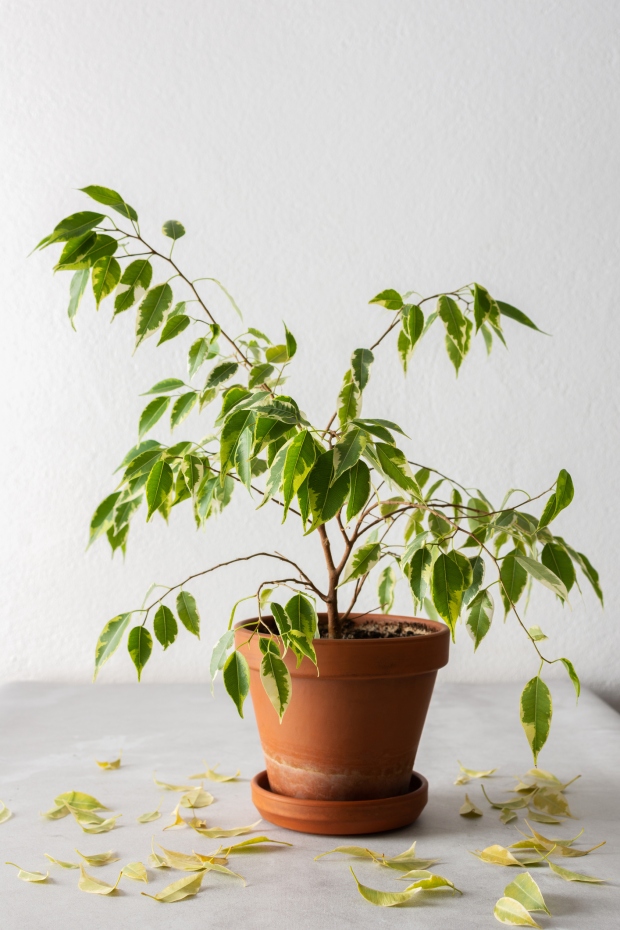How to Prevent and Treat Leaf Drop
Keeping your houseplants looking good can feel like a constant struggle, especially if they start losing leaves. Leaf drop can occur for a variety of reasons, and not all of them are bad. Even so, it tends to strike fear in the plant owner’s heart that there is a serious problem.

When Is Leave Drop an Issue?
Despite your worries, some leaf drop is normal, especially if it aligns with your plant’s natural growth cycles.
Despite your worries, some leaf drop is normal, especially if it aligns with your plant’s natural growth cycles.
Closely monitor the spot where the leaves fell off. There’s nothing to worry about, so long as you see signs that new ones are coming in.
However, sometimes leaf drop is bad news. Warning signs include the following:
- Soil that is overly wet or dry and crumbly
- Entire sections of the plant are withered
- Leaves are yellowing or show signs of disease
- There is evidence of insect infestations
- The plant recently experienced changes in temperature or light exposure
How to Help Problem Plants
Once plants start losing their leaves, there’s usually little you can do to stop the problem until it finishes the cycle. However, by changing the situation that caused them to drop in the first place, you can prevent the loss from continuing long-term.
So, treat the leaf drop as a temporary change for the plant and continue to give it the right conditions to thrive. This ensures that any leaf drop will probably only be a temporary setback. Within a few weeks, you should see signs of new growth.

How to Prevent Dropped Leaves in the First Place
Most houseplants should come with a short care guide regarding water, light, and fertilizer needs. This can direct your actions to ensure they live in the best conditions possible to prevent unnecessary leaf drop. But beyond these instructions, it’s worth doing deeper research to determine precisely what each plant needs.
Here’s some final advice: Houseplants generally do best when their conditions are kept consistent. Pay attention to temperature and lighting exposure, monitor for pests and disease, and water on a regular schedule. These basic steps will go a long way toward preventing leaf drop problems from getting out of control.
